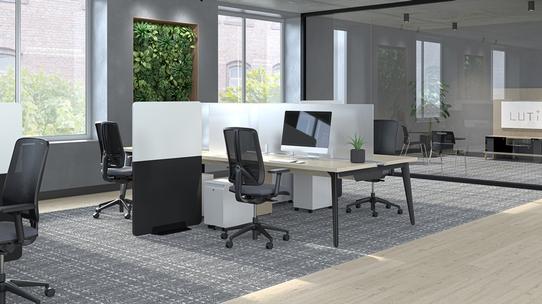Walk onto any commercial job site and you’ll find general contractors orchestrating a symphony of moving parts: managing the build, coordinating subcontractors, keeping an eye on the budget, and ensuring every phase meets code and schedule. In the world of office interior design, these contractors are the backbone of successful projects. But there’s a secret ingredient that makes their work smoother, more efficient, and ultimately more rewarding: the organized interior designer for contractors. When these two professionals work in harmony, magic happens in commercial interior design, office furniture design, and every corner of a modern workspace.
The Contractor’s World: Juggling Complexity
General contractors in interior design projects are the ultimate multitaskers. They manage the overall construction process, coordinate with interior design subcontractors, ensure compliance with building codes, and handle procurement of materials. Their days are filled with reviewing design documents, planning construction sequences, scheduling inspections, and communicating with all stakeholders to keep projects on track. Contractors are problem-solvers on-site, making sure the design intent is realized while addressing practical construction constraints.
But even the best contractor faces challenges: last-minute design changes, unclear documentation, and miscommunication with designers or clients can throw a wrench into the works. When office interior design plans are vague or incomplete, it leads to costly delays, change orders, and frustration for everyone involved. This is where the organized interior designer for contractors becomes indispensable.
The Organized Interior Designer: The Contractor’s Best Ally
An organized interior designer for contractors is more than a creative force. They’re a project partner who brings clarity, precision, and foresight to every commercial interior design job. These professionals provide clear, detailed, and timely interior design documentation, including precise office layout ideas, comprehensive office furniture design specifications, and coordination of every element in the commercial interior design palette.
By finalizing all design decisions before construction begins, the organized interior designer for contractors helps minimize costly change orders and unexpected surprises. Their attention to detail ensures that contractors have everything they need to plan construction sequences, streamline procurement, and maintain project schedules.
Communication is another hallmark of the organized interior designer for contractors. They serve as the bridge between contractors, clients, and suppliers, ensuring everyone is aligned on project goals and timelines. Their proactive problem-solving helps contractors anticipate potential issues before they become roadblocks, resulting in efficient construction processes and high-quality office interior design outcomes.
Collaboration in Commercial Interior Design
The collaboration between general contractors and interior designers, especially an interior design subcontractor forms the foundation of successful commercial interior design projects. Contractors who work closely with interior designers gain access to expert office furniture design knowledge, ensuring the selection of functional, ergonomic, and aesthetically pleasing furniture that fits the needs of the client and the space.
This partnership allows for better planning of office layout ideas that optimize space utilization and workflow efficiency. Interior designers bring valuable insights into modular office furniture systems, which can adapt to changing needs and provide flexibility for future growth. For contractors, this means fewer delays, reduced risk of errors, and smoother project execution.
Thoughtful office interior design, driven by this collaboration, enhances employee well-being and client satisfaction, ultimately adding value to the commercial project. Contractors appreciate how organized interior designers for contractors can help them deliver projects on time, on budget, and with results that exceed expectations1.
Office Furniture Design: Where Details Matter
Office furniture design is a critical part of office interior design and commercial interior design. Contractors rely on the interior designer for contractors to specify furniture that not only looks good but also meets ergonomic and functional requirements. The organized interior designer for contractors ensures that every piece of office furniture design is chosen with care, fits the space perfectly, and is delivered on schedule.
This attention to detail extends to modular office furniture, which offers adaptability and future-proofing for the workspace. Contractors value how interior designers for contractors plan for flexibility, making it easier to accommodate changes in team size, technology, or office layout ideas down the road.
Reducing Stress and Maximizing Value
For contractors, working with an organized interior designer for contractors means less stress and more control over the project. Clear documentation, finalized design decisions, and proactive communication reduce the risk of costly mistakes and last-minute changes. Contractors can focus on what they do best, while trusting that the interior design subcontractor has every detail covered.
This partnership also benefits the client. Projects run more smoothly, budgets are respected, and the final office interior design reflects both the vision of the designer and the practical expertise of the contractor. Commercial interior design becomes a collaborative process that delivers lasting value, comfort, and style.
Craft, Collaboration, and Care
Just as a well-restored heritage home requires the combined talents of skilled trades and thoughtful designers, so too does a modern office interior design project. Contractors and interior designers for contractors are partners in the craft of building spaces that endure. The best results come from mutual respect, open communication, and a shared commitment to quality.
When an interior design subcontractor brings organization, foresight, and expertise to the table, contractors can deliver commercial interior design projects that stand the test of time. Office furniture design, office layout ideas, and every detail of the workspace benefit from this collaboration.
Frequently Asked Questions (FAQ):
How do organized interior designers for contractors help general contractors?
They provide clear, detailed documentation, finalize design decisions early, and facilitate smooth communication, making it easier for contractors to manage timelines, budgets, and quality.
Why is collaboration important in commercial interior design?
Collaboration ensures that office interior design, office furniture design, and office layout ideas are aligned with construction realities, reducing errors and delivering better results.
What is the role of office furniture design in commercial interior design projects?
Office furniture design determines the functionality, comfort, and adaptability of the workspace, impacting employee well-being and the overall success of the project.
Key Takeaways
- General contractors thrive when working with organized interior designers for contractors who provide clear documentation, finalized decisions, and proactive communication.
- Collaboration between contractors and interior designers for contractors leads to efficient construction, reduced errors, and high-quality office interior design outcomes.
- Interior design subcontractors bring expertise in office furniture design, modular systems, and commercial interior design, adding value to every project.
- Thoughtful office interior design and office layout ideas enhance employee well-being, client satisfaction, and the long-term value of the space.
- The best commercial interior design projects are built on trust, respect, and a shared commitment to excellence.
Crafting Better Workspaces Together
In the end, general contractors love working with organized interior designers for contractors because they make the complex simple, the stressful manageable, and the finished space a true reflection of thoughtful commercial interior design. When collaboration, craft, and care come together, everyone wins. From

